You basement has the greatest amount of trapped moisture in your house. Such moisture can lead to mildew and mold infestation. You can prevent this with the best dehumidifier for basement.
A good basement dehumidifier should have high square footage which is the measurement of the space it can serve. It should also have a water tank that you can easily detach and carry. It should require little maintenance, too.
Dehumidifier For Basement Reviews
Frigidaire FFAD7033R1 70-Pint Dehumidifier

This dehumidifier operates at low temperatures to achieve safe energy consumption and cost-efficiency. It enables general protection from bacteria, molds and mildew through its unique filter settings.
>>>> Click Here To See Customer Reviews & Current Price <<<<
Friedrich D70BP Dehumidifier
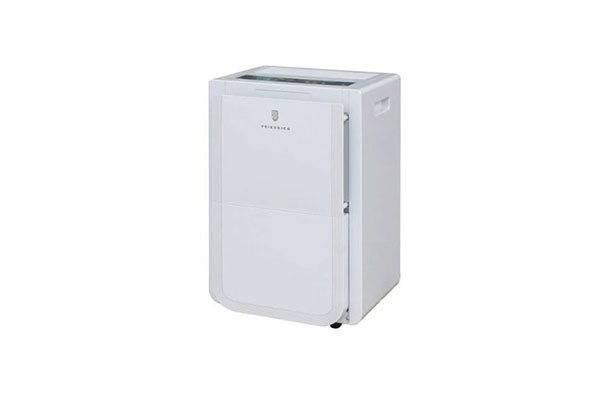
This energy-star certified dehumidifier has an integrated pump and a removable bucket that can contain at least 70 pints of water. It also has manual controls that allows you to control the temperature and humidity level.
>>>> Click Here To See Customer Reviews & Current Price <<<<
Ivation Energy-Star Dehumidifier
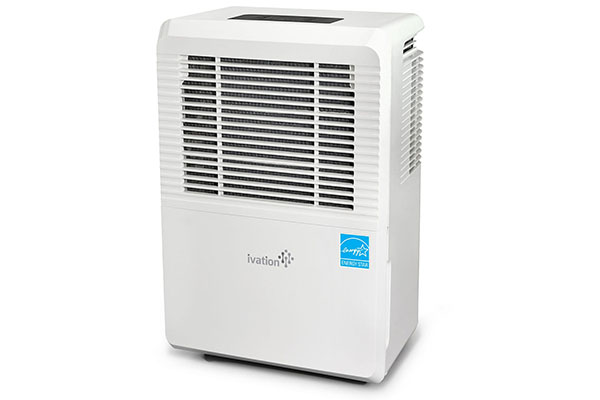
This allows removal of 70 pints of water a day in order to dehumidify rooms of about 4,500 square feet effectively. It contains unique features such as an auto-defrost, an LED display showing the timer, fan speed and humidistat.
>>>> Click Here To See Customer Reviews & Current Price <<<<
Aidodo Small Dehumidifier
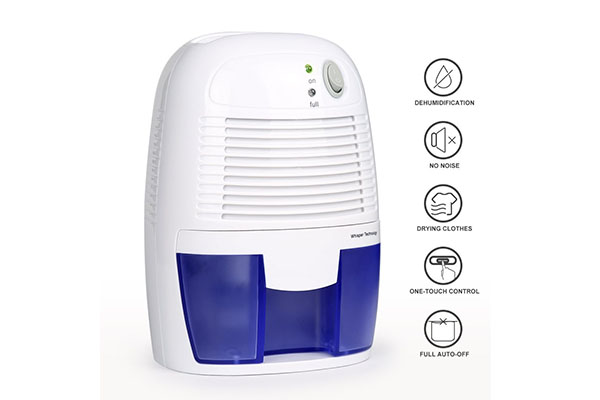
The portable design of this dehumidifier is ideal for use in the basement, closet, bedroom or garage. It is user-friendly and easy to clean. It contains automatic light signals that function in accordance with the refilling of the water tank.
>>>> Click Here To See Customer Reviews & Current Price <<<<
EdgeStar Portable Dehumidifier
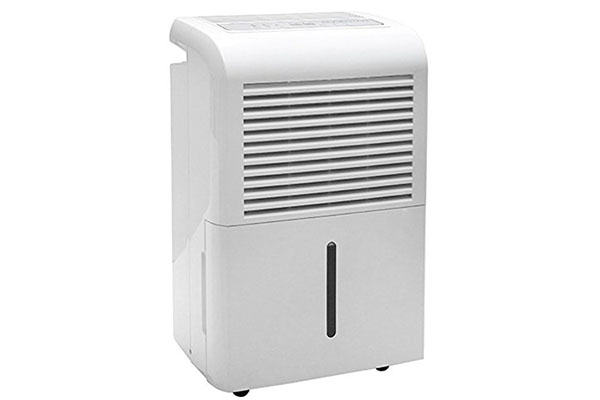
This dehumidifier contains a drain pump that can efficiently release water. It also has a removable bucket that can hold up to 18 pints of water. It is ideal for rooms of about 800 square feet.
>>>> Click Here To See Customer Reviews & Current Price <<<<
Homy Renewable Dehumidifier
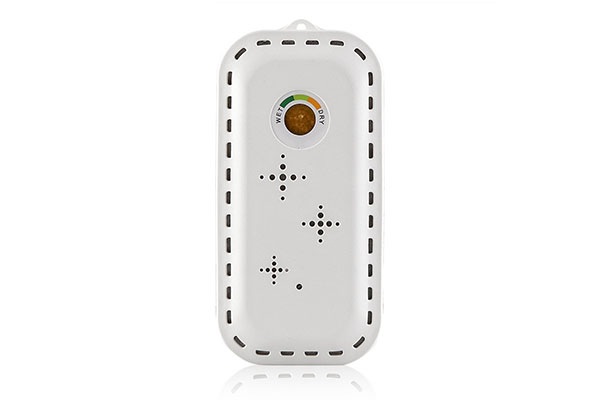
This rechargeable dehumidifier can effectively eliminate dampness in rooms up to 500 square feet in size. It is environment-friendly since it does not emit poisonous gases such as chlorine. It also contains color-changing indicators to help monitor moisture.
>>>> Click Here To See Customer Reviews & Current Price <<<<
Whynter RPD-501WP Energy Star Dehumidifier
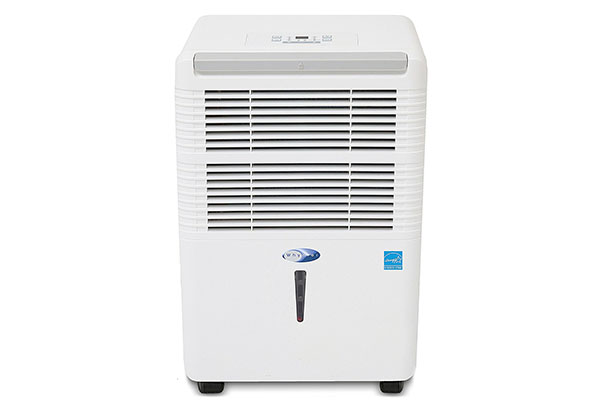
It can efficiently pump out 50 pints of water through its removable vessel. It has a modifiable range of 35% to 85% relative humidity. It also has a noise level lower than 58.5 decibels, thus allowing anyone to sleep soundly.
>>>> Click Here To See Customer Reviews & Current Price <<<<
Ivation GDM36 Thermo-Electric Dehumidifier
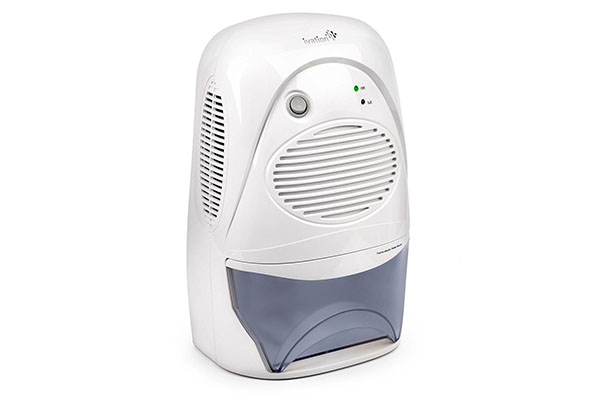
This can collect at least 20 ounces of water a day and can dehumidify rooms of about 2,200 cubic feet. It utilizes Peltier technology and operates efficiently due to its immovable parts.
>>>> Click Here To See Customer Reviews & Current Price <<<<
Arctic Aire ADR50B1G Dehumidifier
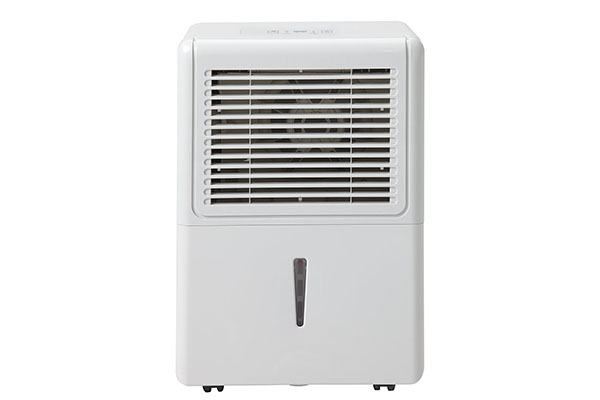
This dehumidifier can use up to 50 pints of water a day can cover rooms of about 3,000 square feet. It also contains adjustable controls, an LED display, and a removable air filter.
>>>> Click Here To See Customer Reviews & Current Price <<<<
Wenkoni Mini Dehumidifier
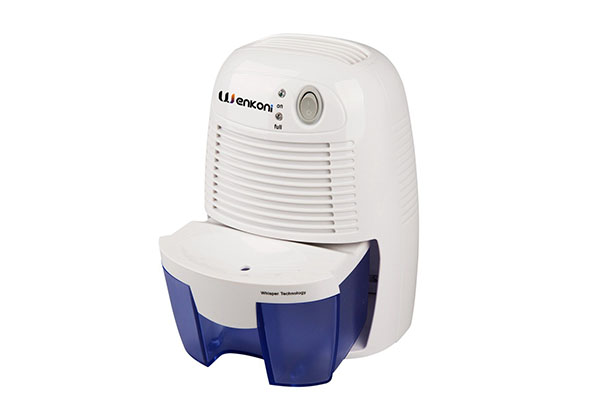
This dehumidifier is ideal for the basement, kitchen, and smaller rooms in the house due to its lightweight design. It automatically shuts off to signal a full water tank. It also uses low power and has an efficient holding capacity.
>>> Click Here To See Customer Reviews & Current Price <<<<
Types of Dehumidifier for Basement
Heat Pump Dehumidifiers
Heat pump dehumidifiers consist of an electric fan, a heat pump and heat exchange oil. It eradicates the humidity level in the air in the basement.
Dehumidifying Ventilators
These types of dehumidifier are good enough to control the humidity level in a basement. The air’s temperature inside the basement is raised, then intense ventilation is applied.
Chemical Absorbent Dehumidifiers
Chemical absorbent dehumidifiers are made of silica gel, a desiccant that absorbs water. Silica gel is also used to remove excess moisture in a basement.
Refrigerant Type Dehumidifiers
These dehumidifiers use refrigeration cycle to remove humidity in the atmosphere of the basement. A fan draws humid air to evaporator, where air is cooled.
Compressor
A compressor is an effective way to remove large volume of moisture in a basement. They are quite noisy and they work just like an air conditioner.
Portable Dehumidifiers
The capacity of this type of dehumidifier is usually 10 to 30 liters per day. It also has features like control timer and fan speed.
How to Choose the Best Dehumidifier for Basement
Size
The size of the dehumidifier unit depends on the size of the basement. In general, most manufacturers use square feet to specify the area of a room.
Method
A user must choose the type of dehumidifier or the method that it will use. Each method has its own process in removing the moisture in the air.
Performance
An ideal dehumidifier should have a powerful motor so it will function effectively. In addition, the unit must work according to the description in the product’s manual.
Features
Always see if the features of the unit meet your needs. A dehumidifier may have internal pump, filter indicator, direct drain, low temperature setting, auto-reset and auto-defrost.
Quality
A dehumidifier unit must have passed quality check. This is to ensure that the unit is in the perfect shape before using and to make sure that it will last longer.
Warranty
A unit must be covered by a warranty that can last for at least one year. This guarantees that the product can be replaced or repaired in case of factory defects.
How to Use a Dehumidifier
Set up the dehumidifier by following the instructional manual. When turning the unit on for the first time, set the RH level to its driest/highest.
After a few cycles, set the dehumidifier to automatic humidistat to the setting that you want. Moreover, do not forget to maintain an unrestricted airflow.
Some units have vents on the back, which may flush against the wall. These require a few inches of circulation space from the furniture and walls.
Check the air filter regularly to keep it clean. If the filter becomes dirty, it will affect the unit’s performance and it will restrict the air flow.
Always plug the dehumidifier unit into the right ground fault circuit interrupter outlet. In addition,do not attempt to remove the third prong from the plug.
Do not forget to unplug and turn the unit off before cleaning. When emptying the internal bucket or container, always unplug the unit to avoid electric shock.
Frequently Asked Questions
What size of dehumidifier do I need for my basement? It depends on several factors such as the size of the room, location of the unit to be used, energy consumption and moisture condition.
How long will a dehumidifier last? If the unit doesn’t run every day, it will definitely last longer. High quality and durable units may last from 5 to 15 years.
What should I do when my dehumidifier unit stops functioning? The first thing to do is to refer to the instructional manual. There can be something wrong in the parts of the unit. If things get worse, don’t hesitate to call the manufacturer.
How do I maintain my dehumidifier? For most units, disposing the water collected in the tanks will help maintain the product. Regular cleaning is a must too.
What is a condensate pump? A condensate pump moves the moisture removed by the dehumidifier. It works like a sump pump when pushing the liquid.
What is relative humidity? It is a percentage that shows how much water vapor is trapped in the air relative to the maximum amount of water vapor that the air can hold.